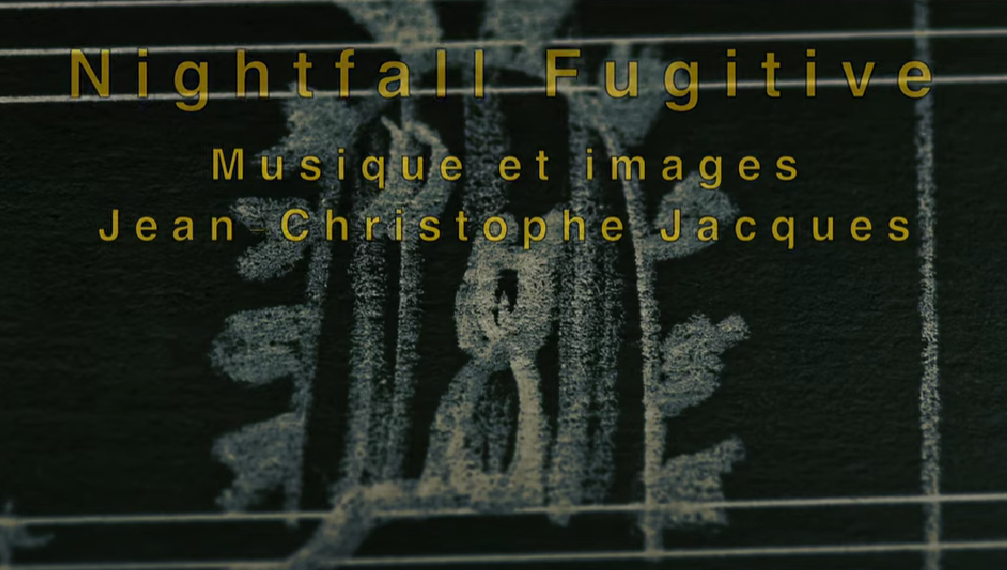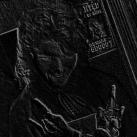Our Picks
Top content from across the community, hand-picked by us.
Symphonic Overture
Thatguy v2.0 posted a topic in Orchestral and Large Ensemble,
Here's a one movement symphonic overture, pseudo sonata form. I'll post the score when it becomes legible.
I won't pretend, I haven't written for orchestra in a long time, and previous attempts were futile. Any of this is subject to change, so any recommendations from all ages are welcome. I wrote this off and on for months, and honestly haven't touched it in a while since the subject matter was pretty personal and heavy. But, I guess it's time to share the progress.
I hope you enjoy
I won't pretend, I haven't written for orchestra in a long time, and previous attempts were futile. Any of this is subject to change, so any recommendations from all ages are welcome. I wrote this off and on for months, and honestly haven't touched it in a while since the subject matter was pretty personal and heavy. But, I guess it's time to share the progress.
I hope you enjoy
-
-
- 15 replies

Picked By
Henry Ng Tsz Kiu,
Nightfall Fugitive (for orchestra and solo clarinet)
Krisp posted a topic in Orchestral and Large Ensemble,
A solid, very successful medley for clarinet and orchestra with stains of jazz, colorful and well-executed contrasts and never-ending flow.
-
-
- 13 replies

Picked By
Omicronrg9,Psychosis for Solo Alto Saxophone, Saxophone Ensemble, & Percussion. Feedback is always appreciated.
Brandon S posted a topic in Chamber Music,
Truly one of the treasures that makes one feel that he's dwelling in the right place. Thank you
-
-
- 3 replies

Picked By
Omicronrg9,A Verdant Dawn
Thatguy v2.0 posted a topic in Chamber Music,
This is a piece for wind quintet that I've been at for the past few months. I really wanted to take a deep dive into quartal harmony, and it's been fun figuring out how to use this style for my own compositions. I'd love any kind of feedback, and hopefully you enjoy!
-
-
- 12 replies
.thumb.png.8b5b433a341551e913a34392660bc95b.png)


